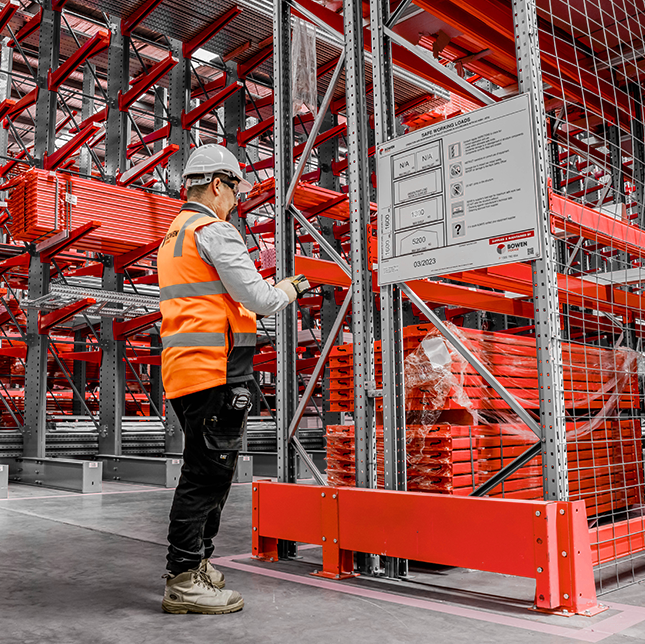New Storage Warehouse
We’re proud to have partnered with Venus Packaging on their new 5,000m² Melbourne warehouse. As a trusted, 100% Australian-owned company with over 65 years in the packaging industry, Venus Packaging needed a storage solution to support their rapid growth and evolving product lines.
View Project
